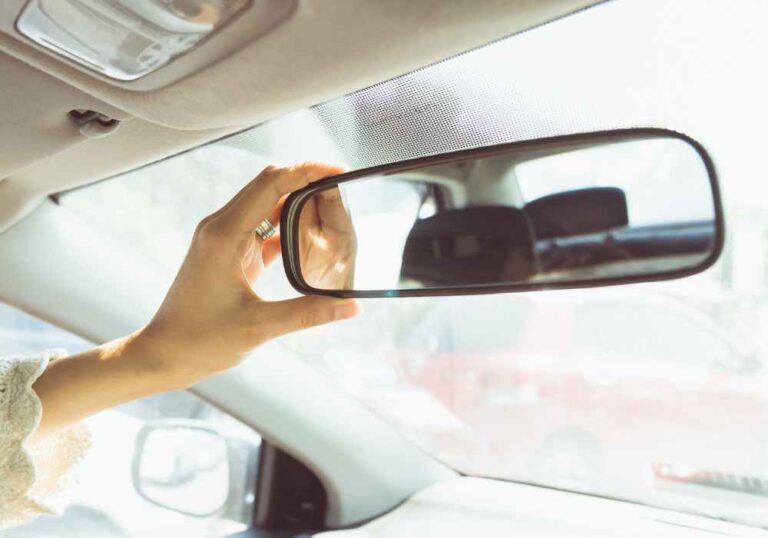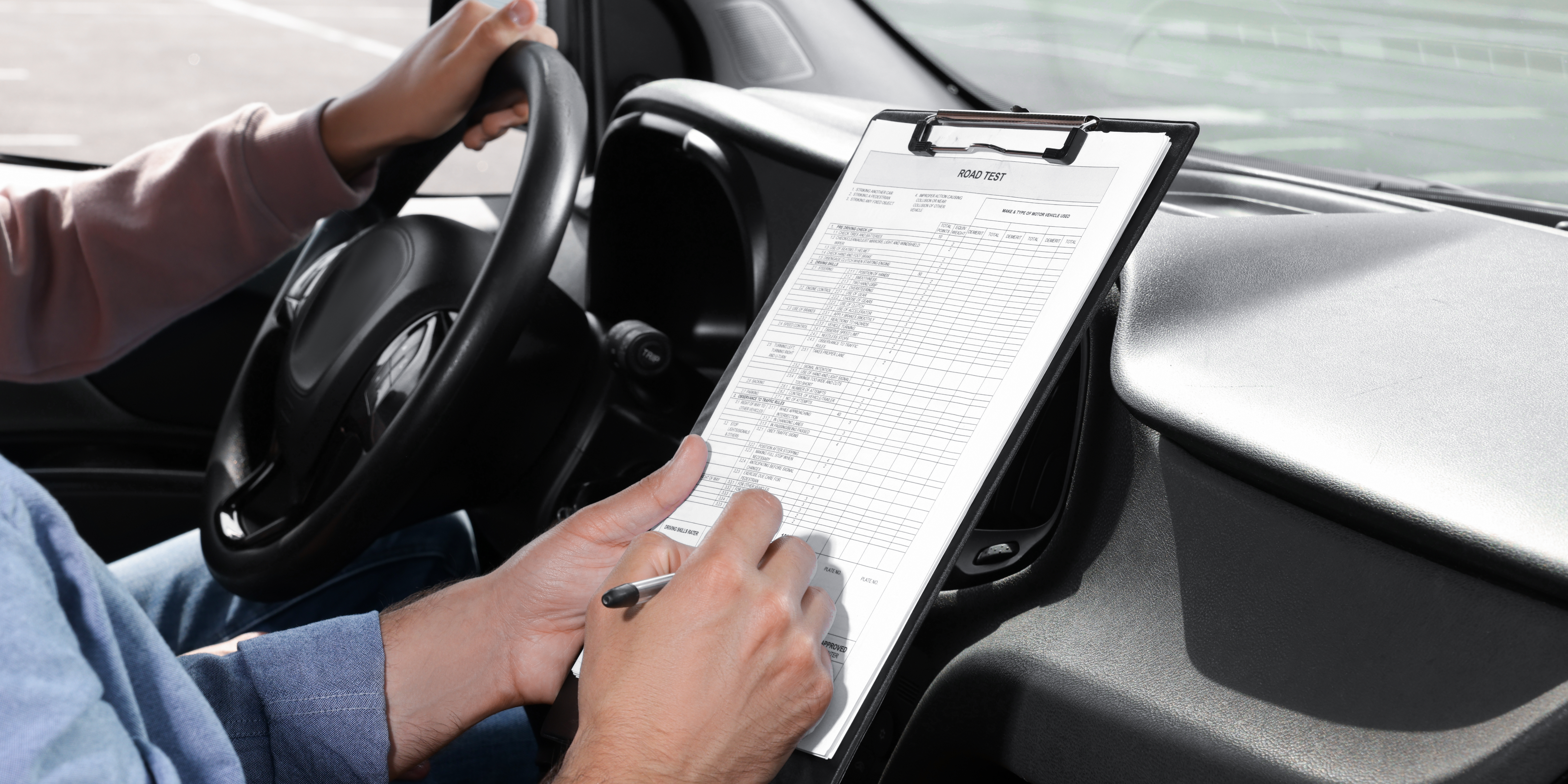Adjusting your mirrors correctly is a crucial step towards ensuring safety while driving. Yet, many drivers overlook this fundamental task, unknowingly creating blind spots and increasing the risk of accidents. In this comprehensive guide, we’ll walk you through the essential steps to adjust your mirrors effectively, maximizing visibility and enhancing your overall driving experience.
Why Proper Mirror Adjustment Matters
Understanding the significance of proper mirror adjustment is pivotal before delving into the adjustment process itself. Mirrors serve as your primary tools for monitoring the surrounding traffic conditions. Incorrectly set mirrors can lead to blind spots, where vehicles or pedestrians may be obscured from your view, increasing the potential for accidents when changing lanes, merging, or maneuvering in tight spaces.
Types of Mirrors in Your Vehicle
Most vehicles are equipped with three types of mirrors:
- Rearview Mirror: Positioned inside the vehicle, typically mounted on the windshield or dashboard, the rearview mirror provides a direct view of the area behind your car.
- Side Mirrors: Located on both sides of the vehicle, usually on the doors or body, side mirrors enable you to monitor traffic alongside and behind your vehicle.
- Additional Mirrors: Some vehicles come with extra mirrors such as blind-spot mirrors or convex mirrors, designed to eliminate blind spots by providing a wider field of view.
Step-by-Step Guide to Adjusting Your Mirrors
Follow these systematic steps to adjust each type of mirror correctly:
1. Rearview Mirror Adjustment
- Adjust from Seated Position: Before starting, ensure you are seated comfortably in your driving position.
- Center the Mirror: Grasp the rearview mirror and adjust it until you have a clear, centered view of the rear window. You should be able to see directly through the rear window without needing to move your head excessively.
- Reduce Glare: If your mirror has a day/night adjustment feature, use it to minimize glare from headlights behind you, particularly useful during nighttime driving.
2. Side Mirror Adjustment
- Driver’s Side First: Lean towards the left window and adjust the driver’s side mirror so you can just barely see the side of your vehicle.
- Eliminate Blind Spots: Extend the mirror outward until the side of your car is no longer visible, maximizing your view of the adjacent lanes and behind your vehicle.
- Repeat for the Passenger Side: Move to the other side and adjust the passenger side mirror similarly. Lean towards the center of the car and adjust the mirror until you can just see the side of your vehicle.
3. Fine-Tuning for Optimal Visibility
- Check for Coverage Overlap: After adjusting all mirrors, verify for seamless coverage without significant gaps between the views provided by each mirror.
- Utilize Additional Mirrors: If your vehicle is equipped with spot mirrors or blind-spot mirrors, adjust them to enhance coverage in areas prone to blind spots with regular mirrors.
Tips for Maintaining Proper Mirror Adjustment
- Regular Verification: Periodically check your mirror positions, particularly before commencing long drives or navigating through dense traffic, to ensure they remain correctly aligned.
- Adaptation for Different Drivers: If multiple individuals drive the vehicle, encourage each driver to adjust the mirrors to their specific preferences before setting off.
- Awareness of Blind Spots: Despite correctly adjusted mirrors, remember that blind spots can still exist. Always physically check over your shoulder before changing lanes or merging to ensure no vehicles are in your blind spots.
Conclusion
Mastering the art of mirror adjustment is not merely a matter of convenience but a critical component of safe driving practices. By following the steps outlined in this guide and comprehending the pivotal role of each mirror in enhancing your situational awareness, you can significantly mitigate the risks associated with blind spots and ensure a safer driving experience for yourself and others on the road.
Make mirror adjustment a routine part of your pre-driving checklist, demonstrating your commitment to safety. By doing so, you contribute positively to the overall safety and harmony of the driving environment. Remember, clear visibility through properly adjusted mirrors is key to safe driving — a skill that every responsible driver should prioritize and continually refine.
Click here to view our different packages or click here to book your road test.
Lastly, our services are extended to Toronto, North York, Etobicoke, Scarborough, Vaughan and Brampton.



